HSBC 2015 Annual Report Download - page 354
Download and view the complete annual report
Please find page 354 of the 2015 HSBC annual report below. You can navigate through the pages in the report by either clicking on the pages listed below, or by using the keyword search tool below to find specific information within the annual report.-
 1
1 -
 2
2 -
 3
3 -
 4
4 -
 5
5 -
 6
6 -
 7
7 -
 8
8 -
 9
9 -
 10
10 -
 11
11 -
 12
12 -
 13
13 -
 14
14 -
 15
15 -
 16
16 -
 17
17 -
 18
18 -
 19
19 -
 20
20 -
 21
21 -
 22
22 -
 23
23 -
 24
24 -
 25
25 -
 26
26 -
 27
27 -
 28
28 -
 29
29 -
 30
30 -
 31
31 -
 32
32 -
 33
33 -
 34
34 -
 35
35 -
 36
36 -
 37
37 -
 38
38 -
 39
39 -
 40
40 -
 41
41 -
 42
42 -
 43
43 -
 44
44 -
 45
45 -
 46
46 -
 47
47 -
 48
48 -
 49
49 -
 50
50 -
 51
51 -
 52
52 -
 53
53 -
 54
54 -
 55
55 -
 56
56 -
 57
57 -
 58
58 -
 59
59 -
 60
60 -
 61
61 -
 62
62 -
 63
63 -
 64
64 -
 65
65 -
 66
66 -
 67
67 -
 68
68 -
 69
69 -
 70
70 -
 71
71 -
 72
72 -
 73
73 -
 74
74 -
 75
75 -
 76
76 -
 77
77 -
 78
78 -
 79
79 -
 80
80 -
 81
81 -
 82
82 -
 83
83 -
 84
84 -
 85
85 -
 86
86 -
 87
87 -
 88
88 -
 89
89 -
 90
90 -
 91
91 -
 92
92 -
 93
93 -
 94
94 -
 95
95 -
 96
96 -
 97
97 -
 98
98 -
 99
99 -
 100
100 -
 101
101 -
 102
102 -
 103
103 -
 104
104 -
 105
105 -
 106
106 -
 107
107 -
 108
108 -
 109
109 -
 110
110 -
 111
111 -
 112
112 -
 113
113 -
 114
114 -
 115
115 -
 116
116 -
 117
117 -
 118
118 -
 119
119 -
 120
120 -
 121
121 -
 122
122 -
 123
123 -
 124
124 -
 125
125 -
 126
126 -
 127
127 -
 128
128 -
 129
129 -
 130
130 -
 131
131 -
 132
132 -
 133
133 -
 134
134 -
 135
135 -
 136
136 -
 137
137 -
 138
138 -
 139
139 -
 140
140 -
 141
141 -
 142
142 -
 143
143 -
 144
144 -
 145
145 -
 146
146 -
 147
147 -
 148
148 -
 149
149 -
 150
150 -
 151
151 -
 152
152 -
 153
153 -
 154
154 -
 155
155 -
 156
156 -
 157
157 -
 158
158 -
 159
159 -
 160
160 -
 161
161 -
 162
162 -
 163
163 -
 164
164 -
 165
165 -
 166
166 -
 167
167 -
 168
168 -
 169
169 -
 170
170 -
 171
171 -
 172
172 -
 173
173 -
 174
174 -
 175
175 -
 176
176 -
 177
177 -
 178
178 -
 179
179 -
 180
180 -
 181
181 -
 182
182 -
 183
183 -
 184
184 -
 185
185 -
 186
186 -
 187
187 -
 188
188 -
 189
189 -
 190
190 -
 191
191 -
 192
192 -
 193
193 -
 194
194 -
 195
195 -
 196
196 -
 197
197 -
 198
198 -
 199
199 -
 200
200 -
 201
201 -
 202
202 -
 203
203 -
 204
204 -
 205
205 -
 206
206 -
 207
207 -
 208
208 -
 209
209 -
 210
210 -
 211
211 -
 212
212 -
 213
213 -
 214
214 -
 215
215 -
 216
216 -
 217
217 -
 218
218 -
 219
219 -
 220
220 -
 221
221 -
 222
222 -
 223
223 -
 224
224 -
 225
225 -
 226
226 -
 227
227 -
 228
228 -
 229
229 -
 230
230 -
 231
231 -
 232
232 -
 233
233 -
 234
234 -
 235
235 -
 236
236 -
 237
237 -
 238
238 -
 239
239 -
 240
240 -
 241
241 -
 242
242 -
 243
243 -
 244
244 -
 245
245 -
 246
246 -
 247
247 -
 248
248 -
 249
249 -
 250
250 -
 251
251 -
 252
252 -
 253
253 -
 254
254 -
 255
255 -
 256
256 -
 257
257 -
 258
258 -
 259
259 -
 260
260 -
 261
261 -
 262
262 -
 263
263 -
 264
264 -
 265
265 -
 266
266 -
 267
267 -
 268
268 -
 269
269 -
 270
270 -
 271
271 -
 272
272 -
 273
273 -
 274
274 -
 275
275 -
 276
276 -
 277
277 -
 278
278 -
 279
279 -
 280
280 -
 281
281 -
 282
282 -
 283
283 -
 284
284 -
 285
285 -
 286
286 -
 287
287 -
 288
288 -
 289
289 -
 290
290 -
 291
291 -
 292
292 -
 293
293 -
 294
294 -
 295
295 -
 296
296 -
 297
297 -
 298
298 -
 299
299 -
 300
300 -
 301
301 -
 302
302 -
 303
303 -
 304
304 -
 305
305 -
 306
306 -
 307
307 -
 308
308 -
 309
309 -
 310
310 -
 311
311 -
 312
312 -
 313
313 -
 314
314 -
 315
315 -
 316
316 -
 317
317 -
 318
318 -
 319
319 -
 320
320 -
 321
321 -
 322
322 -
 323
323 -
 324
324 -
 325
325 -
 326
326 -
 327
327 -
 328
328 -
 329
329 -
 330
330 -
 331
331 -
 332
332 -
 333
333 -
 334
334 -
 335
335 -
 336
336 -
 337
337 -
 338
338 -
 339
339 -
 340
340 -
 341
341 -
 342
342 -
 343
343 -
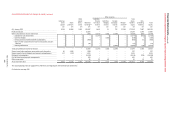 344
344 -
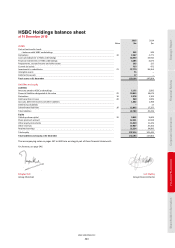 345
345 -
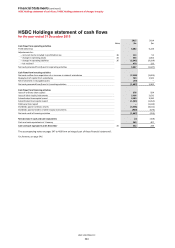 346
346 -
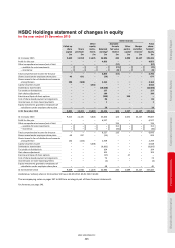 347
347 -
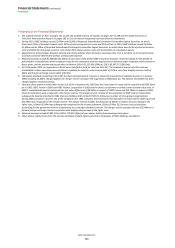 348
348 -
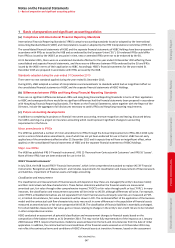 349
349 -
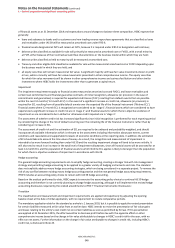 350
350 -
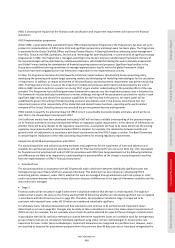 351
351 -
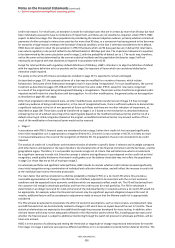 352
352 -
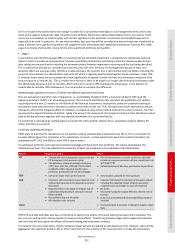 353
353 -
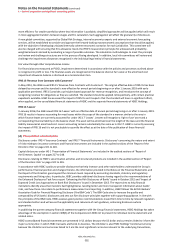 354
354 -
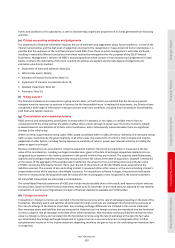 355
355 -
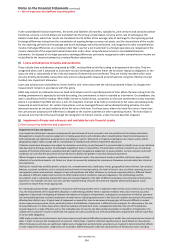 356
356 -
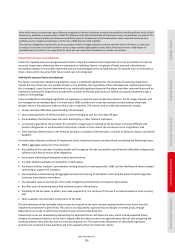 357
357 -
 358
358 -
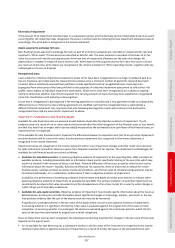 359
359 -
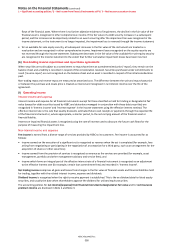 360
360 -
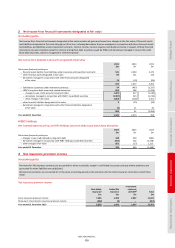 361
361 -
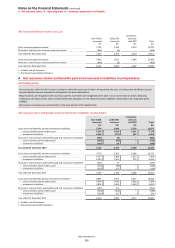 362
362 -
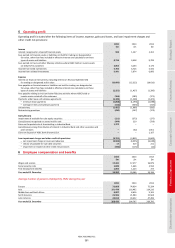 363
363 -
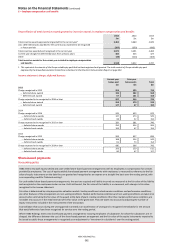 364
364 -
 365
365 -
 366
366 -
 367
367 -
 368
368 -
 369
369 -
 370
370 -
 371
371 -
 372
372 -
 373
373 -
 374
374 -
 375
375 -
 376
376 -
 377
377 -
 378
378 -
 379
379 -
 380
380 -
 381
381 -
 382
382 -
 383
383 -
 384
384 -
 385
385 -
 386
386 -
 387
387 -
 388
388 -
 389
389 -
 390
390 -
 391
391 -
 392
392 -
 393
393 -
 394
394 -
 395
395 -
 396
396 -
 397
397 -
 398
398 -
 399
399 -
 400
400 -
 401
401 -
 402
402 -
 403
403 -
 404
404 -
 405
405 -
 406
406 -
 407
407 -
 408
408 -
 409
409 -
 410
410 -
 411
411 -
 412
412 -
 413
413 -
 414
414 -
 415
415 -
 416
416 -
 417
417 -
 418
418 -
 419
419 -
 420
420 -
 421
421 -
 422
422 -
 423
423 -
 424
424 -
 425
425 -
 426
426 -
 427
427 -
 428
428 -
 429
429 -
 430
430 -
 431
431 -
 432
432 -
 433
433 -
 434
434 -
 435
435 -
 436
436 -
 437
437 -
 438
438 -
 439
439 -
 440
440 -
 441
441 -
 442
442 -
 443
443 -
 444
444 -
 445
445 -
 446
446 -
 447
447 -
 448
448 -
 449
449 -
 450
450 -
 451
451 -
 452
452 -
 453
453 -
 454
454 -
 455
455 -
 456
456 -
 457
457 -
 458
458 -
 459
459 -
 460
460 -
 461
461 -
 462
462 -
 463
463 -
 464
464 -
 465
465 -
 466
466 -
 467
467 -
 468
468 -
 469
469 -
 470
470 -
 471
471 -
 472
472 -
 473
473 -
 474
474 -
 475
475 -
 476
476 -
 477
477 -
 478
478 -
 479
479 -
 480
480 -
 481
481 -
 482
482 -
 483
483 -
 484
484 -
 485
485 -
 486
486 -
 487
487 -
 488
488 -
 489
489 -
 490
490 -
 491
491 -
 492
492 -
 493
493 -
 494
494 -
 495
495 -
 496
496 -
 497
497 -
 498
498 -
 499
499 -
 500
500 -
 501
501 -
 502
502
 |
 |
Notes on the Financial Statements (continued)
1 – Basis of preparation and significant accounting policies
HSBC HOLDINGS PLC
352
more efficient. For smaller portfolios where less information is available, simplified approaches will be applied which will result
in more aggregated transfers between stages and ECL calculation. Such aggregation will affect the granularity of disclosure.
A new global committee, supported by Global Risk Strategy, internal economics experts and external economic forecasting
services, will be established to consider and approve the forward-looking macroeconomic assumptions that should be applied,
with the objective of developing unbiased internally coherent economic scenarios for each jurisdiction. This committee will
also be charged with ensuring that ECL allowance meets the IFRS 9 measurement principle for unbiased and probability-
weighted amounts derived by evaluating a range of possible outcomes. The calculation methodologies to meet this principle
and review and challenge structures are in the process of being developed. In addition, local risk committees will review and
challenge the impairment allowances recognised in the individual legal entity’s financial statements.
Fair value through other comprehensive income
For financial assets measured at FVOCI, impairment determined in accordance with the policies and processes outlined above
is recognised in profit or loss. The financial assets are recognised on the balance sheet at fair value so the amortised cost
impairment allowance balance is disclosed as a memorandum item.
IFRS 15 ‘Revenue from Contracts with Customers’
In May 2014, the IASB issued IFRS 15 ‘Revenue from Contracts with Customers’. The original effective date of IFRS 15 has been
delayed by one year and the standard is now effective for annual periods beginning on or after 1 January 2018 with early
application permitted. IFRS 15 provides a principles-based approach for revenue recognition, and introduces the concept of
recognising revenue for obligations as they are satisfied. The standard should be applied retrospectively, with certain practical
expedients available. HSBC has assessed the impact of IFRS 15 and it expects that the standard will have no significant effect,
when applied, on the consolidated financial statements of HSBC and the separate financial statements of HSBC Holdings.
IFRS 16 ‘Leases’
In January 2016, the IASB issued IFRS 16 ‘Leases’ with an effective date of annual periods beginning on or after 1 January 2019.
IFRS 16 results in lessees accounting for most leases within the scope of the standard in a manner similar to the way in
which finance leases are currently accounted for under IAS 17 ‘Leases’. Lessees will recognise a ‘right of use’ asset and a
corresponding financial liability on the balance sheet. The asset will be amortised over the length of the lease and the financial
liability measured at amortised cost. Lessor accounting remains substantially the same as in IAS 17. HSBC is currently assessing
the impact of IFRS 16 and it is not practicable to quantify the effect as at the date of the publication of these financial
statements.
(d) Presentation of information
Disclosures under IFRS 4 ‘Insurance Contracts’ and IFRS 7 ‘Financial Instruments: Disclosures’ concerning the nature and extent
of risks relating to insurance contracts and financial instruments are included in the audited sections of the ‘Report of the
Directors: Risk’ on pages 101 to 226.
Capital disclosures under IAS 1 ‘Presentation of Financial Statements’ are included in the audited sections of ‘Report of
the Directors: Capital’ on pages 227 to 248.
Disclosures relating to HSBC’s securitisation activities and structured products are included in the audited section of ‘Report
of the Directors: Risk’ on pages 101 to 226.
In accordance with HSBC’s policy to provide disclosures that help investors and other stakeholders understand the Group’s
performance, financial position and changes thereto, the information provided in the Notes on the Financial Statements and
the Report of the Directors goes beyond the minimum levels required by accounting standards, statutory and regulatory
requirements and listing rules. In particular, HSBC provides additional disclosures having regard to the recommendations of
the Enhanced Disclosures Task Force report ‘Enhancing the Risk Disclosures of Banks’ issued in October 2012 and ‘Impact of
Expected Credit Loss Approaches on Bank Risk Disclosures’ issued in December 2015. The report aims to help financial
institutions identify areas that investors had highlighted as needing better and more transparent information about banks’
risks, and how these risks relate to performance measurement and reporting. In addition, HSBC follows the British Bankers’
Association Code for Financial Reporting Disclosure (‘the BBA Code’). The BBA Code aims to increase the quality and
comparability of UK banks’ disclosures and sets out five disclosure principles together with supporting guidance. In line with
the principles of the BBA Code, HSBC assesses good practice recommendations issued from time to time by relevant regulators
and standard setters and will assess the applicability and relevance of such guidance, enhancing disclosures where
appropriate.
In publishing the parent company financial statements together with the Group financial statements, HSBC Holdings has taken
advantage of the exemption in section 408(3) of the Companies Act 2006 not to present its individual income statement and
related notes.
HSBC’s consolidated financial statements are presented in US dollars because the US dollar and currencies linked to it form the
major currency bloc in which HSBC transacts and funds its business. The US dollar is also HSBC Holdings’ functional currency
because the US dollar and currencies linked to it are the most significant currencies relevant to the underlying transactions,
